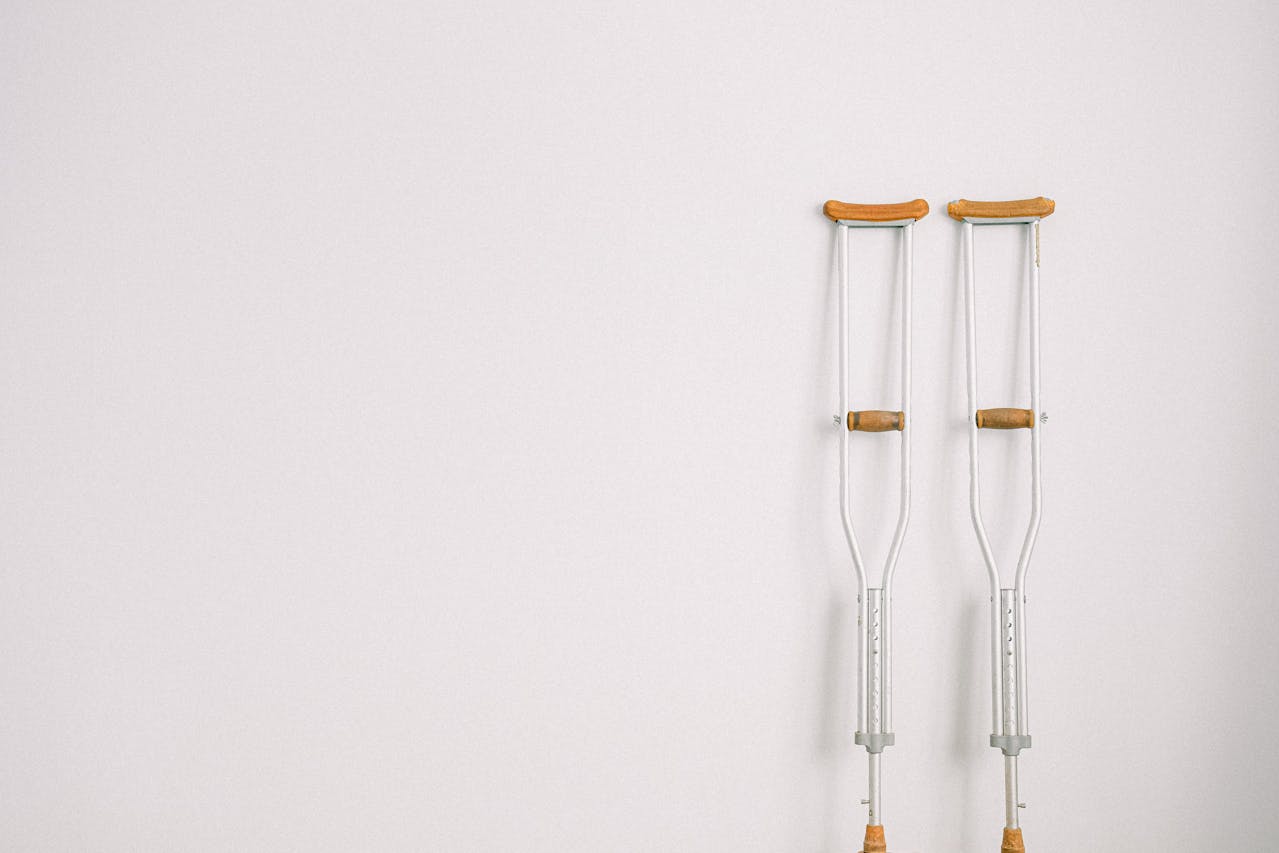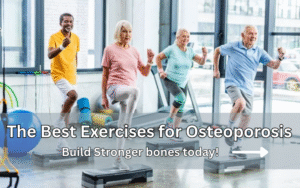Assistive devices for walking can make a big difference in your recovery journey. Whether you’re healing from surgery, injury, or dealing with a long-term condition, the right walking aid can help you move safely and with confidence. But with so many options out there in 2025—canes, walkers, crutches, rollators—how do you know which one is best for you? In this guide, we’ll break it down simply and clearly. You’ll learn how to pick the perfect device for your needs and find out what physical therapists recommend most for fast, safe recovery.
Table of Contents
What Are Assistive Devices for Walking?
Assistive devices for walking are tools that help people move more safely and confidently. They support your balance, reduce pain, and lower your risk of falling. These devices are often used after surgery, injury, or when living with chronic conditions like arthritis or stroke.
Common Uses Include:
- After knee, hip, or foot surgery
- During rehab for broken bones or sprains
- To help with balance or dizziness
- Managing joint pain or weakness
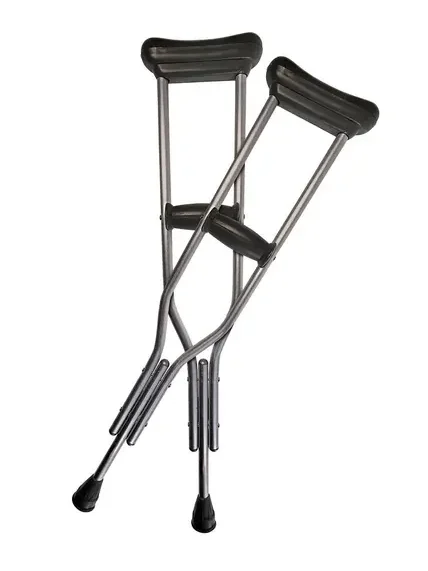
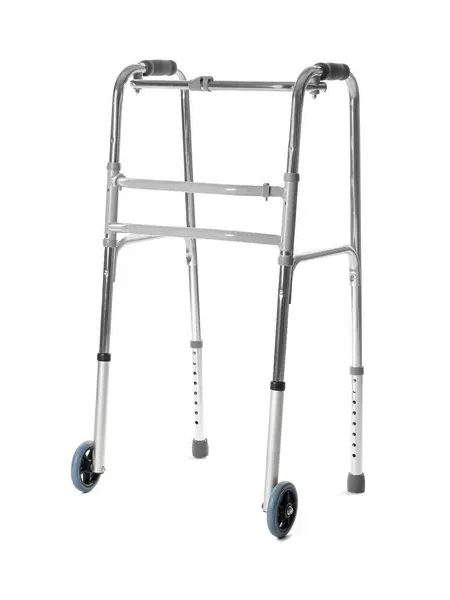
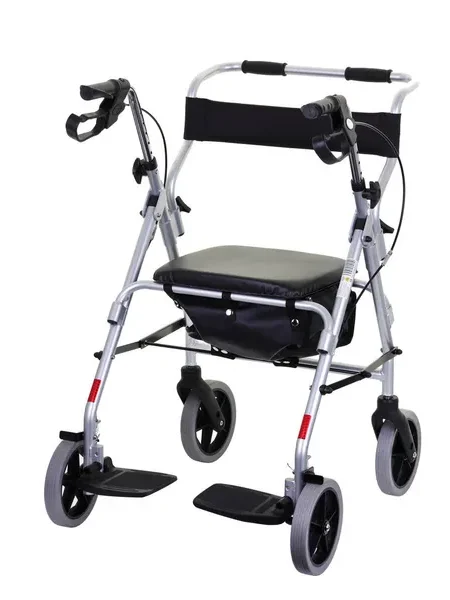
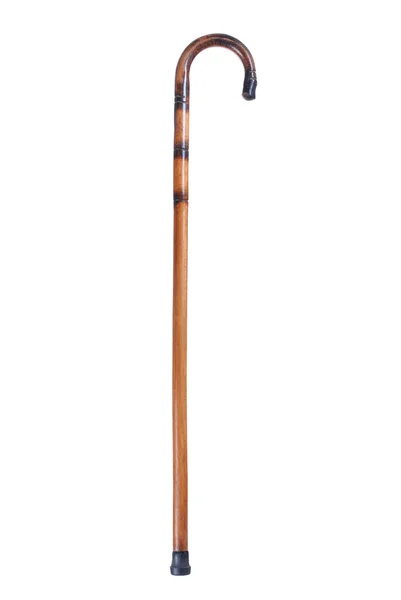
Canes: For Light Support
A cane is best if you need a little help with balance or one weak leg. It’s lightweight and easy to carry.
Pros:
- Simple to use
- Helps with minor balance issues
- Inexpensive
Cons:
- Not for major weakness or full support
Best For: Older adults, arthritis, minor injuries
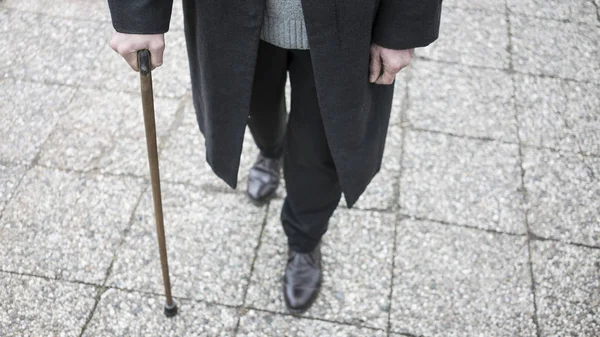
Crutches: For Non-Weight Bearing Injuries
Crutches take weight off your leg completely. They’re often used after foot, ankle, or leg surgeries.
Pros:
- Fully supports one leg
- Good for short-term recovery
Cons:
- Takes upper body strength
- Can be tiring over long distances
Best For: Fractures, surgeries, sprains
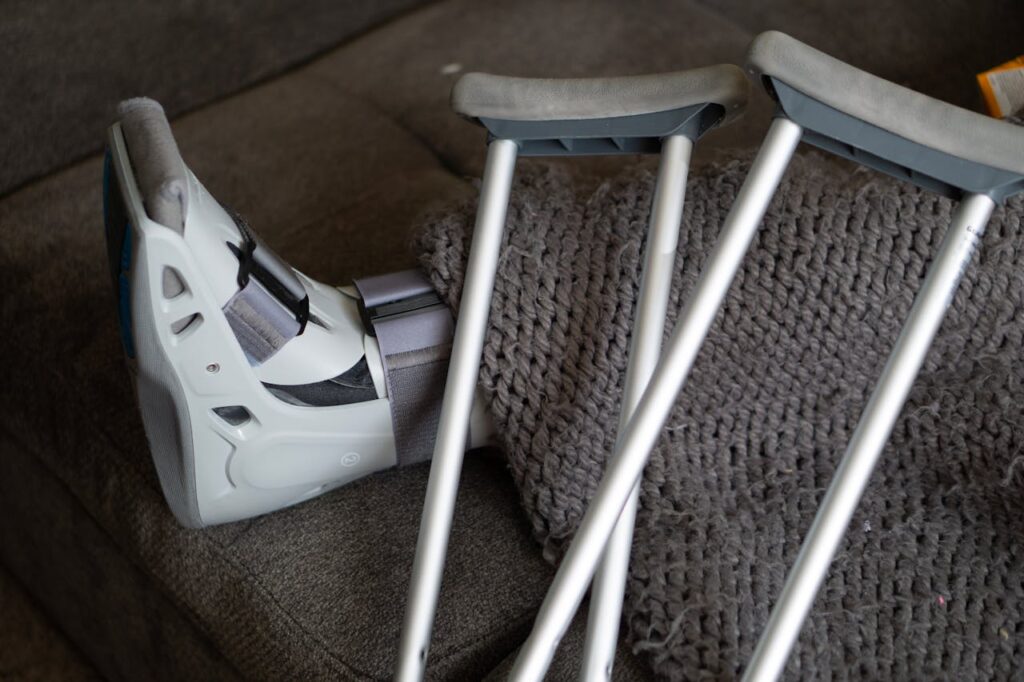
Walkers: For Maximum Stability
A standard walker gives strong support and is great if you’re weak on both sides. You pick it up and place it as you walk.
Pros:
- Very stable
- Easy to use indoors
Cons:
- Slower movement
- Can’t be used on stairs
Best For: Post-surgery, frailty, balance problems

Rollators: Walkers with Wheels
A rollator is a walker with wheels and hand brakes. It’s great if you need support but also want to move quickly.
Pros:
- Built-in seat for rest
- Faster movement
- Great for outdoor use
Cons:
- Not ideal for those with weak grip or hand issues
- Can roll away if brakes aren’t used properly
Best For: Longer walks, outdoor use, people with some endurance
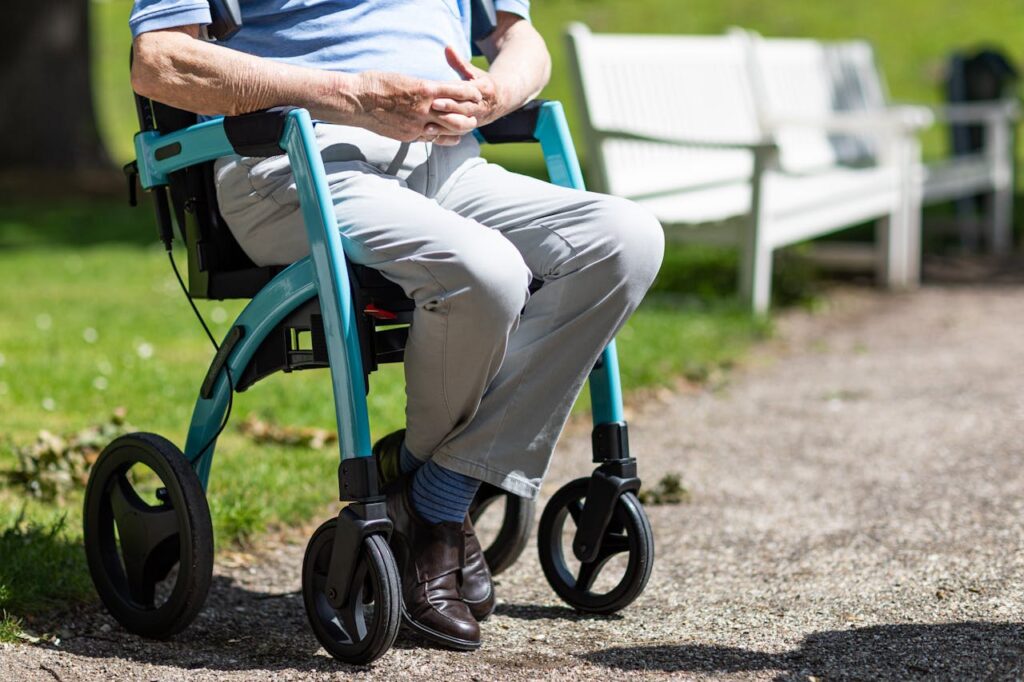
Knee Scooters: A Modern Option
Knee scooters are wheeled devices that let you kneel on one leg and push with the other. They’re often used as a crutch alternative.
Pros:
- More comfortable for some than crutches
- Easier on the arms
Cons:
- Needs space to turn
- Not good for stairs
Best For: Lower leg or foot injuries
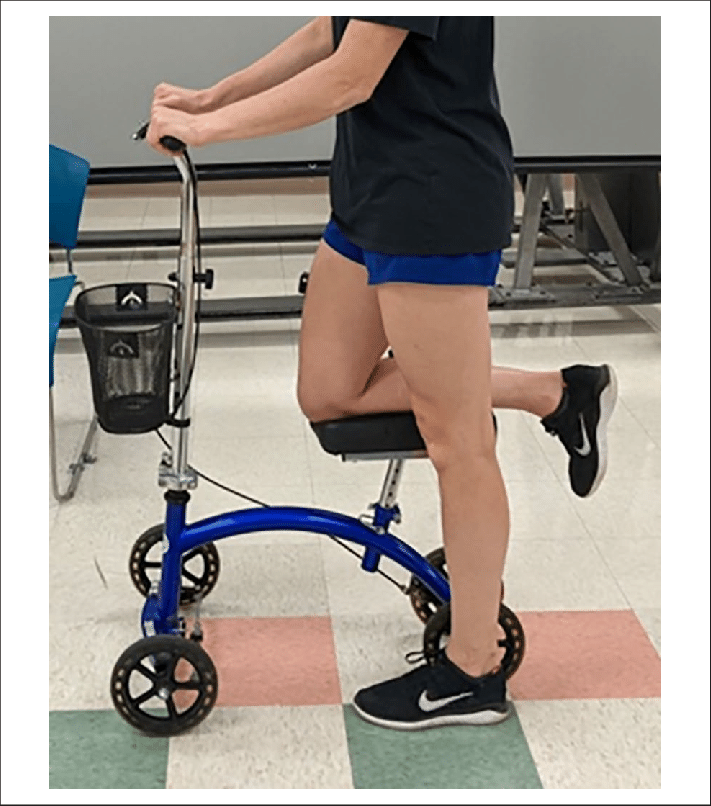
How to Choose the Right Device
Here are 5 simple questions to help you pick:
- How much weight can you put on your leg?
- Do you have good balance?
- Do you have strength in your arms?
- Will you be using it indoors, outdoors, or both?
- Will you need to carry items or sit down often?
“A quick decision-making chart or flowchart based on answers to these questions”

Pro Tips from Physical Therapists
- Practice before you need it. Learn how to use your device before surgery or injury if possible.
- Adjust height properly. Most devices should line up with your wrist when your arm is at your side.
- Check your shoes. Wear closed-toe, non-slip shoes for safety.
- Start slow. Don’t rush—focus on steady steps and good form.
Final Thoughts
The right assistive device for walking can make your recovery faster and much safer. Whether you need light support or full assistance, there’s a tool that fits your needs. Talk with your physical therapist or doctor to make the best choice for your situation in 2025.
📢Need help picking the best walking aid for your recovery? Check out our Recommended Assistive Devices for Walking in 2025 below👇 or talk to a licensed PT.
Recommended Assistive Devices for Walking in 2025
Not sure which walking aid is right for your recovery? Here are some top-rated, expert-recommended assistive devices for walking—perfect for rehab at home or on the go. These options blend safety, comfort, and value, making them great picks for seniors, post-op patients, or anyone needing extra support.
Note: These are affiliate links. If you buy through them, we may earn a small commission—at no extra cost to you. We only recommend products we trust!
🔹 Hugo Mobility Quad Cane – Extra Stability with Style

Perfect for those who need a bit more balance support than a single-tip cane.
✅ Best For: Seniors with balance issues or arthritis
Key Features:
- Adjustable height
- Cushioned grip handle
- Wide quad base for stability on uneven ground
- Lightweight yet durable aluminum
🔹 Medline Standard Walker – No-Frills Support That Works
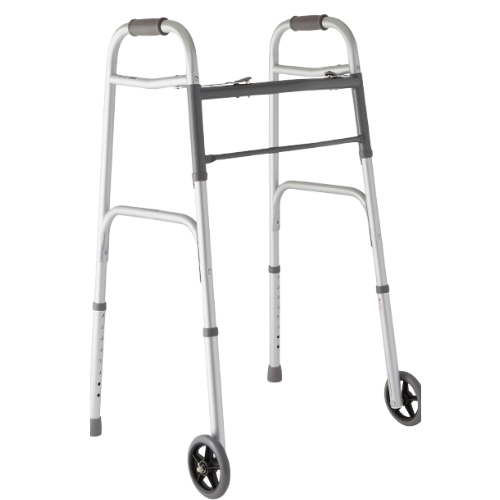
A trusted, no-wheel standard walker for those who need maximum support indoors.
✅ Best For: Post-surgery recovery, seniors, or rehab after falls
Key Features:
- Foldable frame for easy storage
- Push-button height adjustment
- Slip-resistant rubber tips
- Supports up to 300 lbs
🔹 Drive Medical Nitro Euro-Style Rollator – Sleek, Smooth, and Smart
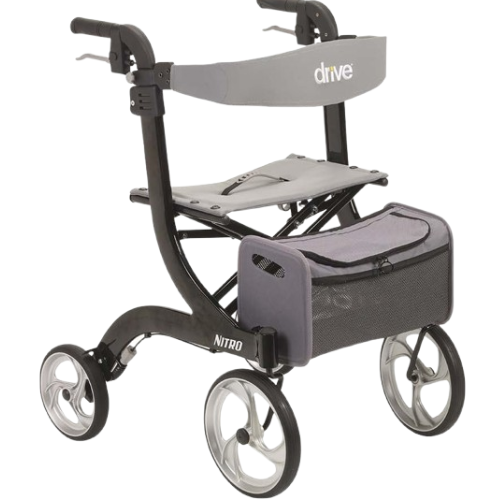
Roll with ease indoors or outdoors thanks to large wheels and a built-in seat.
✅ Best For: Active users who need support but love independence
Key Features:
- Modern design with 10” front wheels for smooth mobility
- Padded seat and backrest for breaks on the go
- Handy storage bag with zipper
- Easily folds with one hand
🔹 iWALK3.0 Hands-Free Crutch – A Game-Changer in Recovery
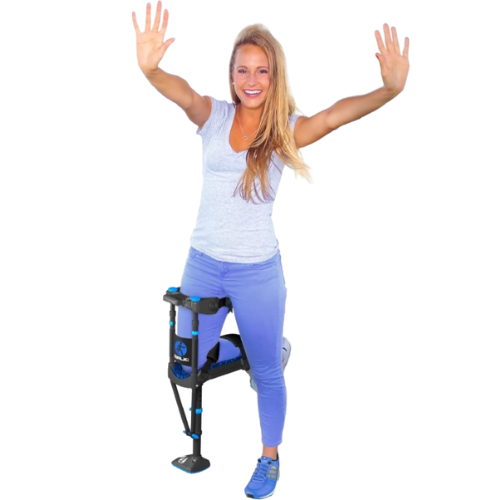
Say goodbye to old-school crutches! This innovative design frees your hands.
✅ Best For: Lower leg injuries (ankle, foot) where you can’t bear weight
Key Features:
- Hands-free mobility for improved comfort
- Adjustable straps for secure fit
- Used by athletes and PTs alike
- Ideal alternative to forearm crutches
🔹 PEPE Mobility – Forearm Crutches for Adults
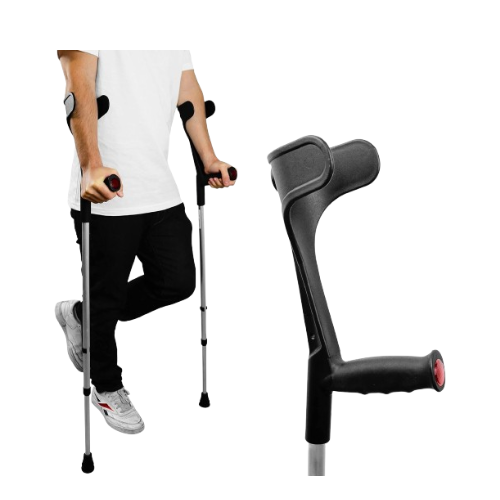
Designed for all-day use and maximum comfort.
✅ Best For: People with long-term mobility needs or weak legs
Key Features:
- Lightweight ergonomic design
- Adjustable forearm cuffs
- Shock-absorbing tip
- Promotes upright walking posture


